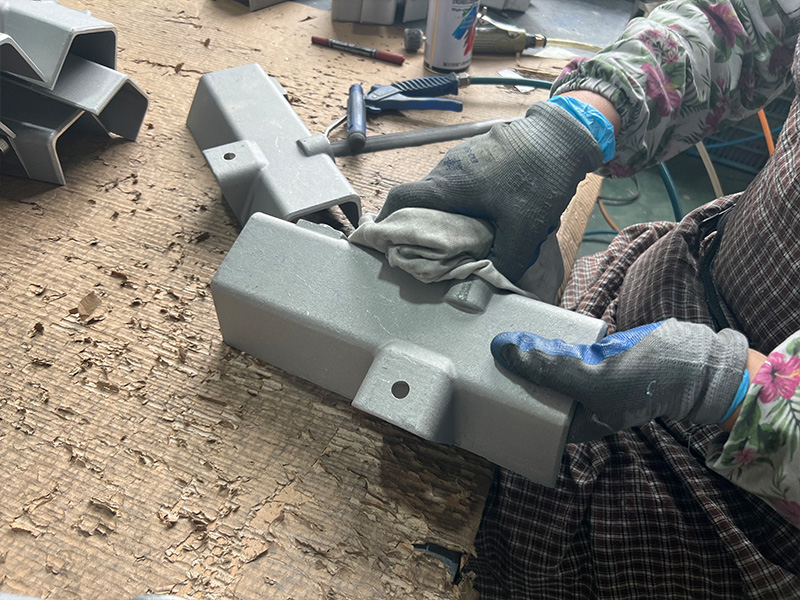
2023-06-27 13:34:03
Aluminum alloy casting refers to the aluminum alloy of parts directly obtained by metal casting forming process. The content of alloy elements in aluminum alloy castings is generally more than that of corresponding wrought aluminum alloys.
Aluminum alloy casting has good casting performance and can be used to make parts with complex shapes; No need for massive additional equipment; It has the advantages of saving metals, reducing costs, and reducing working hours, and is widely used in the aviation and civil industries. Used for manufacturing beams, gas turbine blades, pump bodies, hangers, hubs, intake lips, and engine casings. It is also used to manufacture parts such as cylinder heads, gearboxes, and pistons for automobiles, as well as housings for instruments and booster pump bodies.
As one of the major producers and consumers of non-ferrous metal castings in the world, China's non-ferrous metal casting industry has become an important emerging industry supporting national economic development, with the aluminum alloy component industry being the pillar of the non-ferrous metal casting industry. At the same time, as a major producer of alumina and electrolytic aluminum, China has abundant labor resources and a huge consumer market, providing a good foundation for the development of China's aluminum alloy component industry. Since 2009, China's aluminum alloy component production has accounted for over 30% of global production, reaching 40% in 2017. China has become the center of the international aluminum alloy casting industry.
The market concentration of China's die-casting manufacturing industry is relatively low, with most enterprises having small production capacity. There are relatively few enterprises with scale advantages in the entire industry, and only a few enterprises have the overall manufacturing capabilities of multiple production links such as new product research and development, new material use, mold design and manufacturing, precision die-casting manufacturing, CNC precision machining, etc. Therefore, it is difficult for the industry as a whole to achieve industrial chain synergy in production and research and development, Not conducive to improving the overall competitiveness of the industry.
From the perspective of competition in the international aluminum profile industry, China, the United States, and Japan have strong competitiveness. From the perspective of production distribution, about 60% of global aluminum profile production is concentrated in China, the United States, and Japan. Unlike the stable domestic production of the United States, Japan, and other countries, China's production growth has always maintained a high level, accounting for over one-third of the world's total production for many years.
